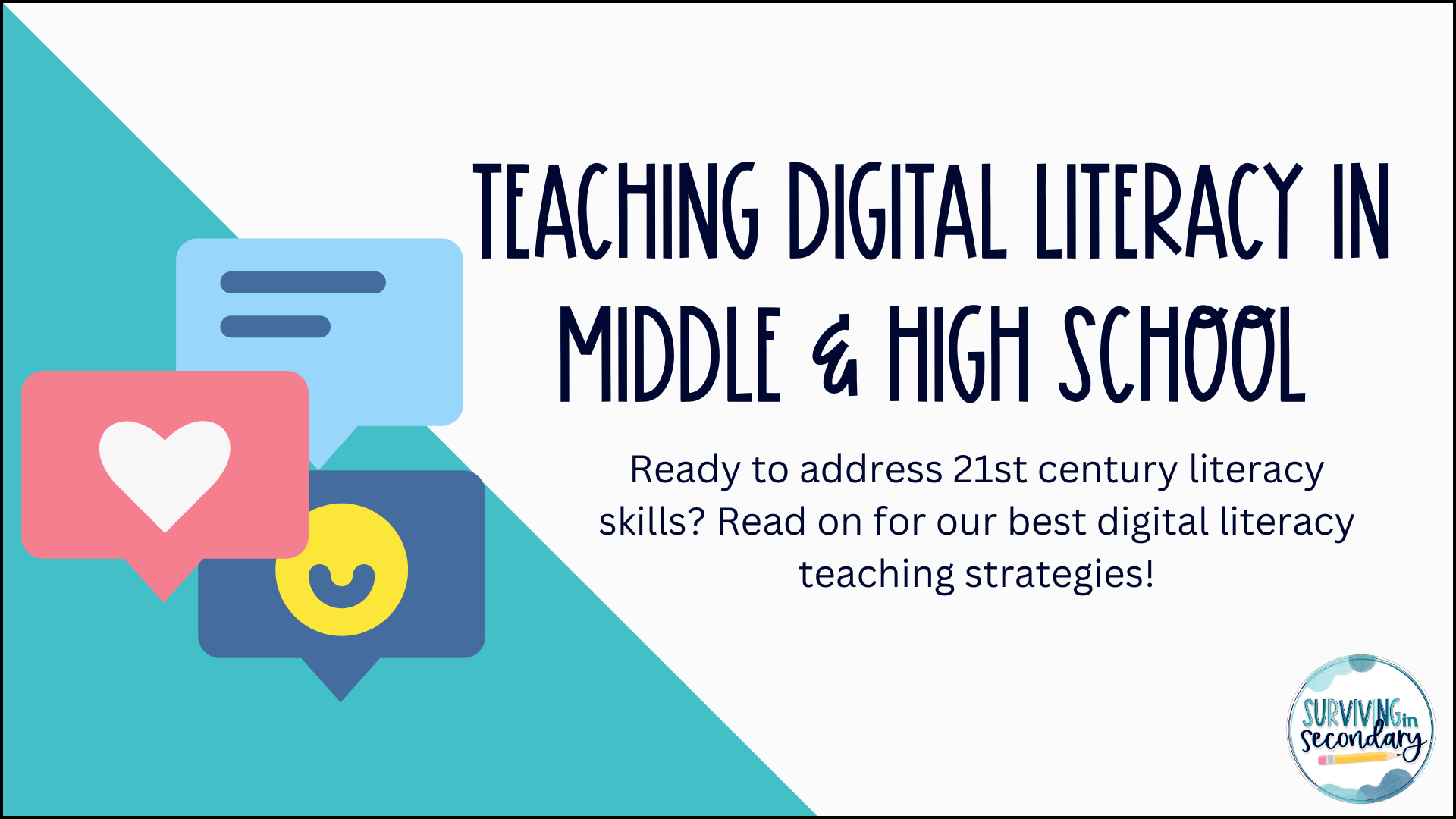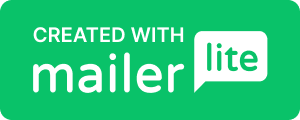Teaching Digital Literacy in the Secondary Classroom

By Jess @ Surviving in Secondary
“Hey, did you know that you can grow a frog from a chia seed?”
That’s a real-life thing a student said to me upon entering my classroom one morning. After taking a moment to make sure I actually heard them correctly, I asked why they thought that. The response? I’ll give you three guesses…yep, they saw it on TikTok.
It was a funny moment, for sure. But it was also a scary moment. If students are falling for outlandish claims about frogs sprouting from seeds, what else are they falling for? And are we doing enough to help them navigate their increasingly-online lives?
Before we dig any deeper, I want to be clear — I am not here to demonize social media or write a list of internet-related grievances. Instead, I want to talk about how vital digital literacy is in our ever-changing online landscape. Now, more than ever, our students need to be equipped with the skills required to tell fact from fiction, understand algorithms, post responsibly, and demonstrate digital citizenship.
Students (and let’s be real…adults, too!) need guidance to navigate online spaces safely and critically. That’s where digital literacy comes in! Read on for three key strategies to help secondary students build essential digital literacy skills.
1. Support Healthy Skepticism
As the “frogs come from chia seed” story would suggest, the internet is full of information—but not all of it is accurate. Teaching students to fact-check and recognize misinformation is an essential skill. As AI becomes even more sophisticated, our “spidey senses” will need to keep up! Here are some great ways to teach students to separate fact from fiction.
Use online resources like Media Smart’s “Break the Fake” quizzes to help students identify real vs. misleading headlines.
Check out News Literacy Project’s amazing newsletter, “The Sift,” and use the weekly topics as a jumping-off point for class discussions on misinformation.
Engage with interactive games like “Harmony Square” to give students hands-on experience with the different manipulation tactics used to spread misleading or untrue information online.
Encouraging students to question information before accepting it as fact will help them become more discerning consumers of digital content.
2. Burst the Filter Bubble
Social media and search engines use algorithms to curate content, but students rarely realize how these systems shape their online experiences. To help students understand this “filter bubble” issue, we highly recommend lessons like “Filter Bubble Trouble” from Common Sense Media! For more sustained learning, try News Literacy Project’s “Checkology” curriculum.
It’s one thing for students to understand what filter bubbles and echo chambers are and how algorithms work. It’s another thing entirely for students to truly learn how to navigate these issues. We believe in using hands-on, real-life learning approaches whenever possible, which is why we love our Media Bias Mini-Research Project. This project-based learning activity encourages students to use media bias charts (such as AllSides or AdFontes) to help them research a single topic from multiple perspectives. Students practice finding similarities and differences between sources, identifying biases, and sifting fact from opinion.
Helping students understand how algorithms work empowers them to take control of their digital consumption.
3. Discuss Digital Footprints
Many students don’t realize how their online actions can follow them into adulthood. From college admissions to job opportunities, what they post today can have lasting consequences. Real-life examples of this abound, from students having college acceptances revoked due to inappropriate social media posts to potential employees losing out on job opportunities as a result of their digital footprint. Discussing these examples can be a simple, yet engaging, way to make students aware of this issue.
In having these conversations with students, I have discovered how powerful it can be for them to have a voice in the discussion about the benefits and drawbacks of the online world. Secondary students in particular have seen the good and the bad, and they are full of ideas on how to address these concerns. Our “License to Post” lesson plan is the perfect way to address the intersection of social media and freedom of speech while empowering students to design their own solutions and standards.
Encouraging students to take ownership of their digital footprint fosters responsible content creation and long-term digital awareness. Want even more ideas to support this skill? Check out our 21st Century Literacy Skills bundle!
The digital world is always evolving, and so should our approach to teaching digital literacy. By fostering critical thinking, awareness of online influence, and responsible digital habits, we can help our students become savvy, informed, and ethical digital citizens.
How do you tackle digital literacy in your classroom? Do you have a “chia seed frog” story of your own? Drop us a message at hello@survivinginsecondary.com — we’d love to hear from you!
Let's keep in touch! Fill out the form below to join our email list for updates, exclusive freebies, giveaways, and more!
Thanks for joining us!
Check your email :)
